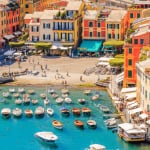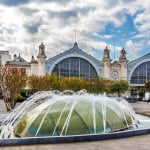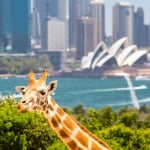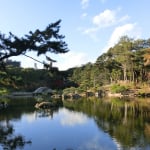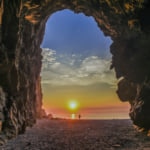Name:The Coricancha
Address:Santo Domingo s/n, Cusco 08000, Peru
Related Site:https://www.ancient.eu/Coricancha/
Navel of the world at the time of the Incas, actively coveted by the Spanish conquistadors, the heritage of UNESCO since 1983 and object of fascination of travelers and historians, welcome to Cusco. Although it is the starting point of all the excursions leading to Machu Picchu, it is a city that deserves to be visited. We could spend days strolling the streets discovering a new charming corner, a nice little restaurant or an architectural detail. But by the way, do we say Cusco or Cuzco? In fact, both spellings are officially accepted. On the other hand, Peruvians always write Cusco, and that is why we prefer to use this form. Since today's weather is a rare commodity, choices must be made. Here are 10 attractions not to be missed in Cusco, during your trip to Peru.
table of contents
[x] close
1. The Coricancha

Photo by lovelypeace/shutterstock.com
Dedicated to the sun, the Coricancha, sometimes written Koricancha or Qoricancha, was the most sacred temple of the Inca Empire. It is said that up to 4000 priests lived in its enclosure. Richly decorated with gold, silver and precious stones, the Spanish conquistadors, unfortunately, destroyed it. On its walls was built the Santo Domingo Convent around half of the 16th century. It is possible to see some original walls, consisting of large blocks of stone perfectly nested, a typical Inca construction process that can also Machu Picchu, for example.
2. Plaza de Armas

This vast square is the heart of Cusco and one of the liveliest and most beautiful squares in Peru where all the critical events of the city take place. The square is dominated by the imposing Cathedral and the Compania de Jesus Church. It is located on the ancient Inca ceremonial site and is also full of history because it was there that were exposed the heads of the Spanish Diego de Almagra or Pizarro or that of Inca Tupac Amaru. Do not miss a tour on the square when it's dark: the illuminations of the buildings are superb!
Name:Plaza de Armas
Address:Cusco, Peru
3. The Cathedral of Cusco
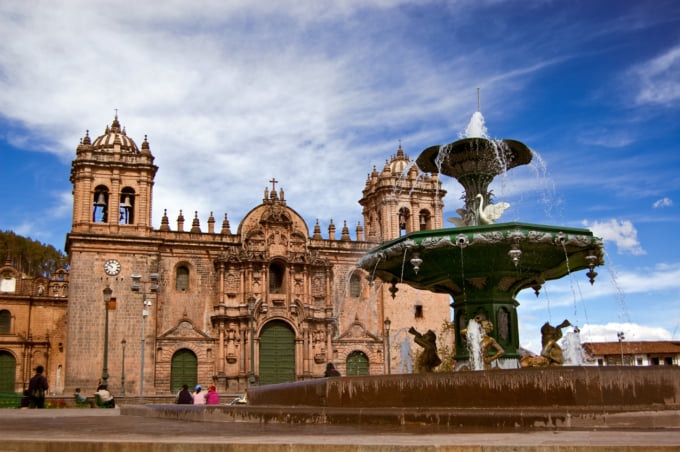
Located on the central square, this cathedral is probably the most important religious monument in Peru. It was built in a century with the stones of the Inca Sacsayhuaman site. The Spaniards aimed to create an impressive place of worship to symbolize the Christian faith in the face of the religion of the Incas. The cathedral is divided into three main parts: Sagrada Familia (most recent part of neoclassical style), Cathedral (the primary interest being the Baroque porch on the Renaissance facade) and Iglesia del Triunfo (the oldest part built in 1536). As in many Spanish religious sites, this cathedral contains the presence of the religion of the Incas with representations of Incan symbols in the middle of Christian effigies. Also, it has many paintings of the Cusquenian School as well as treasures of silver and gold smothery.
Name:The Cathedral of Cusco
Address:Cusco 08000, Peru
4. Campana Church of Jesus
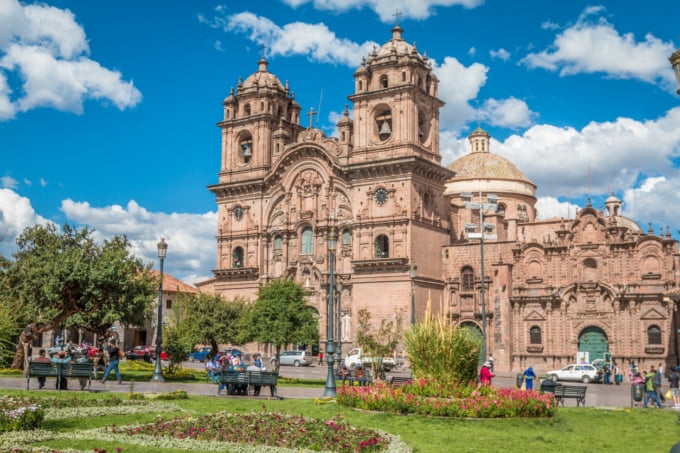
This church located on the Paza de Armas is built on the foundations of an ancient Inca palace. Its Baroque facade is impressive and known as one of the most beautiful in Peru. Inside, you will discover many paintings by painters from the Cusco School, including the painter Marco Zapata, one of the best known.
Name:Campana Church of Jesus
Address:Main Square of Cusco, Cusco 08002, Peru
5. San Blas district
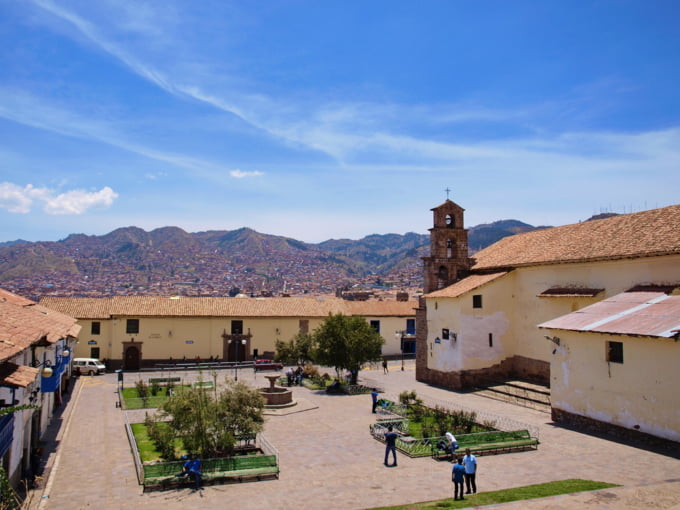
Photo by sparc/shutterstock.com
This area is the most beautiful and exciting of the city with its steep streets and old white houses. It is here that the Incas built their sanctuaries dedicated to the emperors. This neighborhood is commonly known as the area of artists and sculptors, and there are fashionable bars. The visit of the district will also allow you to discover the church of San Blas of 1569 having a masterpiece: a pulpit sculpted in a single piece of wood (it took 25 years of work to realize it).
Name:San Blas district
Address:Cuesta de San Blas, Cusco, Peru
6. The salines of Maras

It is one of the most beautiful sites of the Sacred Valley. Perched at 3250 m altitude, 8 km from the village nestled below on the banks of the Rio Urubamba, the ruins of Pisac reveal the power of the Incas on the region. Erected to defend the southern entrance to the valley, the buildings dominate 65 hectares of agricultural terraces. Some of them are still exploited today.
Name:The salines of Maras
Address:Carreta a Maras | Urubamba, Maras 00051, Peru
7. The stone with 12 angles
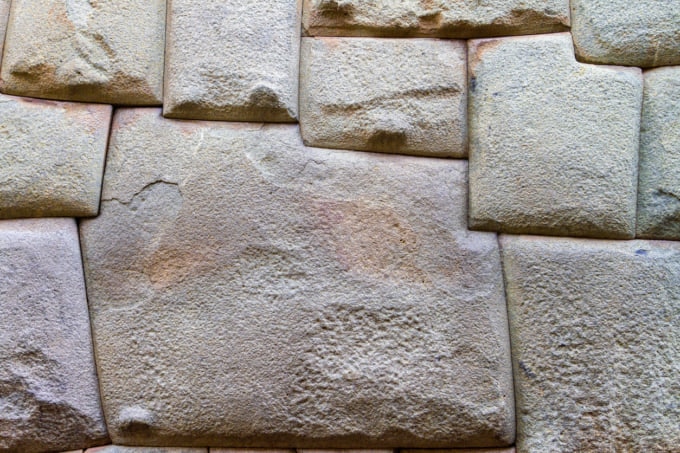
It is the symbol of Inca genius. A colossal stone of several tons, with no less than twelve angles. All different angles, salient or re-entrant, which intertwine perfectly with all the surrounding stones. All the faces are incredibly jointed, so you cannot slip a sheet of paper between them.
Name:The stone with 12 angles
Address:Hatunrumiyoc 480, Cusco 08000, Peru
8. Andahuaylillas
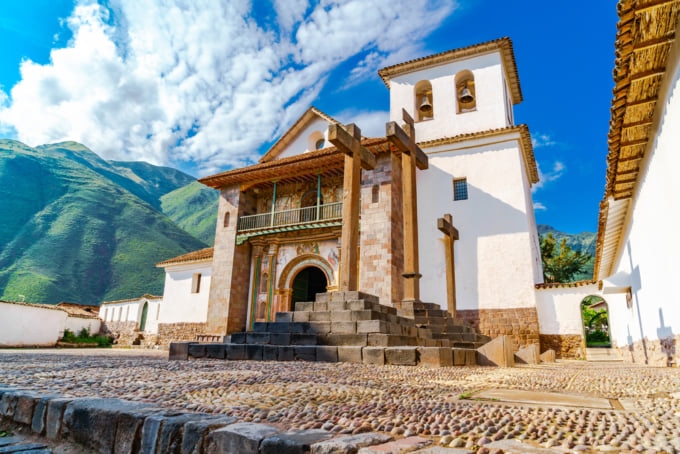
Photo by takepicsforfun/shutterstock.com
On the journey between Puno and Cusco (or vice versa) and closer to Cusco, you can make a stop to visit the charming village of Andahuaylillas including its small Jesuit church of the early seventeenth century. A wooden roof that protects frescoes surmount the facade of the Renaissance period. Inside, many riches are to be seen, including large paintings telling the life of the Saints.
Name:Andahuaylillas
Address:Plaza Mayor s/n | Costado de CCAIJO, Andahuaylillas 08210, Peru
9. Moray
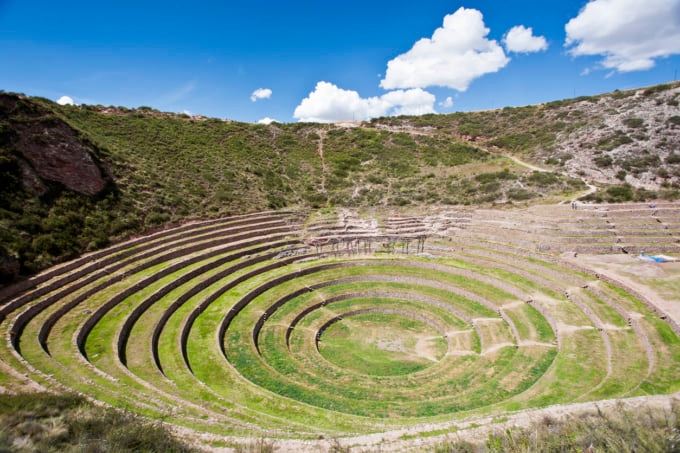
To develop their civilization, the Incas would have borrowed many things from the previous ones. But there are two points on which the people of Manco Capac were particularly ahead: architecture and agriculture. A few kilometers from Maras and its salt marshes, the site discovered in 1930 brings together three amphitheaters of Inca terraces arranged in small natural circuses. According to the specialists, these would be agronomic research centers: an ingenious system that enabled this particular form to simulate a series of micro-climates, one in each concentric ring.
Name:Moray
Address:west of Cusco, Maras, Peru
10. Convent and Museum of St. Catherine of Siena
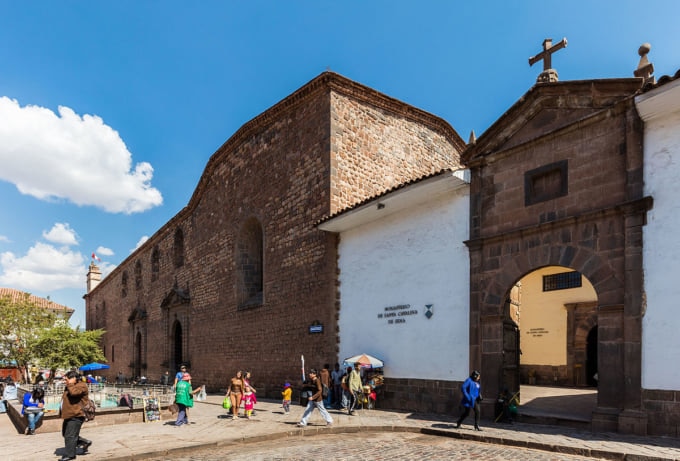
The monastery of Santa Catalina (17C) has for centuries housed women leading a secluded life of the world. It was founded on the site of the acclahuasi (Temple of the Virgins of the Sun) where young girls from noble lineages were locked up. They lived reclusively, worked, wove, prepared ceremonial beverages and stood at the disposal of the sovereign. You can visit some rooms of the convent, a collection of religious art and another of paintings of the school of Cuzco.
Name:Convent and Museum of St. Catherine of Siena
Address:Arequip Street, Cusco, Peru
◎ Closing
Cusco or "navel of the world" was the capital of the Inca Empire, and it was the starting point of a vast network of paths that connect almost all of South America, from Colombia to Argentina. You will be fascinated by its specific architecture keeping, in some streets, the foundations Incas. Cusco seems to be THE city to see in Peru.
RELATED ARTICLES
REGIONS
CATEGORIES
FEATURED ON Peru
-
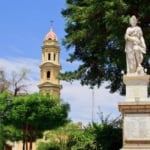
You Absolutely Can’t Eat This in Lima! Top 3 Must-Visit Tourist Attractions in Piura, Peru’s Hidden Gourmet Paradise
-
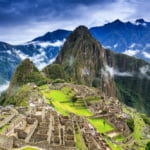
How to Travel to Machu Picchu, Peru
-
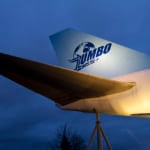
7 Amazing Hotel Experiences Around the World
-
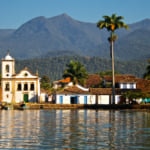
Highly Underrated Places You Need to Check Out in South America
-

The Best of Peruvian Cuisine: 9 Dishes You Need to Try in Peru
MOST POPULAR ON Peru
-
 1
1Doha: Must-see Attractions in the Capital of Qatar
-
 2
2Toronto: 10 Things to do in this Picturesque Canadian City
-
 3
3Amarillo: A City Famous for It’s Amazing Canyons, Great History and Music
-
 4
4South Korea: Dazzling Scenery, Rich Culture and Fascinating History
-
 5
5Kuwait: A Country in Middle East Asia Famous for Hot Sand Dunes and Stunning Cityscape


